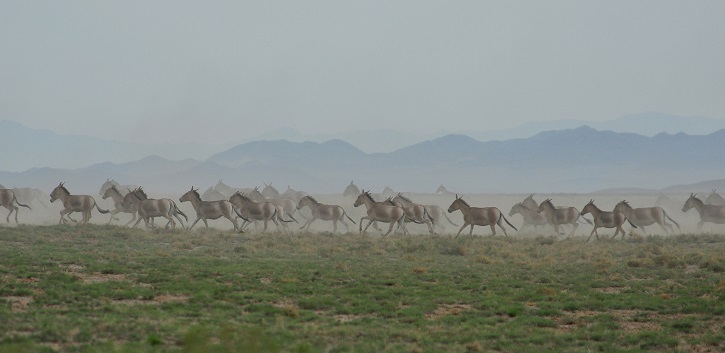Humans put the brakes on animal movement

New research has shown that mammals such as the fox, red deer and hare are becoming increasingly hemmed in by human-dominated landscapes.
This is causing wild animal populations to become more isolated and more inbred, and making our familiar animals prone to extinction.
Cork-based researcher, Dr Adam Kane of the School of Biological, Earth and Environmental Science in University College Cork, co-authored the study which has just been published in the prestigious journal Science. Dr Kane notes that these animals can be blocked by roads, rivers and LUAS lines and emphasises the need to make our human habitats more permeable for animals to move through. “The importance of the geographical movement of animals in the wild has long been documented. It is necessary for the animals to find food, water, mates and new habitats to live in,” said Dr Kane.
The team of over 100 international scientists led by Dr Marlee Tucker, of the Senckenberg Biodiversity and Climate Research Centre and Goethe University, Frankfurt has measured this effect on a wide diversity of 57 different types of land mammals. The research shows these animals travel distances two to three times shorter in human-modified landscapes than they do in the wild.
“Our study looks at everything from hares to wild boars to elephants. The scientists in our team equipped individual animals with a GPS tracking device that recorded each animal’s location every hour for a period of at least two months,” said Tucker.
Potentially, mammals move less because they have changed their behaviour in human-modified landscapes. Co-author Dr Thomas Mueller says, “Landscape fragmentation and barriers created by infrastructure might limit mammalian movements”. But humans don’t create physical barriers alone, and there are often incentives to stay put. “In some of these areas there might be more food available so that animals do not need to cover such large distances,” said Mueller.
Cutting short the natural movements of animals is not without its consequences. Disease can spread more rapidly if a sick individual doesn’t move far and the movement of animals also allows seed dispersal from plants which in turn feeds into the natural cycle of the environment. “It is important that animals move, because in moving they carry out important ecological functions like transporting nutrients and seeds between different areas,” says Tucker.
Future work will look to see if this effect holds for other groups of animals. Dr Kane says, “Most birds won’t have the same obstacles as mammals. It would be fascinating to see if and how their movements change around our cities”.
To view full article: http://science.sciencemag.org/lookup/doi/10.1126/science.aam9712
For media queries, contact Dr Aoife Corcoran, Communications Officer at the Environmental Research Institute, on 086 3030692.
